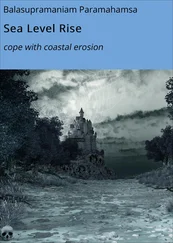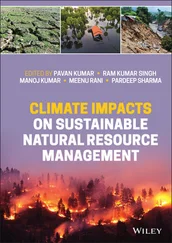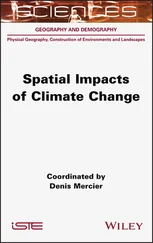Balasupramaniam Paramahamsa
Impacts of Latent Desertification
Sea level rise stops and goes down with reduction of Latent Desertification
Dieses ebook wurde erstellt bei

Inhaltsverzeichnis
Titel Balasupramaniam Paramahamsa Impacts of Latent Desertification Sea level rise stops and goes down with reduction of Latent Desertification Dieses ebook wurde erstellt bei
Introduction
Latent Desertification and Major environmental harms
Impressum neobooks
There isn’t even a small village, however small it may be, without latent-desertification. It is just unavoidable. Bigger the human habitation, more are the areas undergoing latent desertification and even turning into latent deserts. It had been so, even without human settlements of any kind, before the advent of homo-sapiens too. The herbivores large and small cause latent desertification through their mere existence. But as with herbivores there had been, in contrast to present in many fragile zones, always a factor of positive resilience, for they are seasonal migrators.
Latent desertification has severe impacts on all geographical environments. Especially severe at the fringes of deserts and about the tropics of Cancer and Capricorn. Latent desertification, when not checked, drives the regions to become deserts. The impacts of it cross borders and go thousands of kilometres away. One even may not know what the impact is thousands of kilometres away, and where.
Before ten millenniums ago the earth had been under the grip of ice–age. Vast regions, including whole of Northern Europe, Northern Americas and so the southern parts of Southern Hemisphere had been under ice. All the mountain rangers were covered with glaciers. The sea level had been more than hundred metres lower than it is today. All the rest landscapes had been heavily forested. Who will ever believe that the latent-desertification had been the main vector that sent ice-age away, depleted the mountains of their glaciers and made the sea-level to rise; let alone making fertile lands to turn into deserts?
The changes that took place on all the landscapes during the last twenty millenniums and before were due to the wide spreading of homo-sapiens. However, it had been necessary to deplete regions of botany to have dwellings, pasture land, agricultural fields, infrastructure, playgrounds, and to have precautionary citadels plus forts and many more. They had to cut trees to make room for all activities and to use them in many ways. It took its swing and progressed relentlessly. Few decades ago LD had passed its limits. Since then the struggle for a course change has just sporadically success.
In future, however, one cannot come out of the factor of latent desertification. Because it crosses borders and is a major international issue. It causes rain failure in many parts far beyond the perpetrating country. It causes flash floods beyond borders, Desertification in fragile lands and is the cause for increased wind speeds and hurricanes.
Furthermore, in future the climate tuning and adjusting the sea level will be in yearly agenda in many disputes. The main vector that works to regulate is the latent desertification. Some places must undergo full-scale botanising while others may have to be depleted to increase or decrease wind speeds, rains, glaciers, sea level etc.
For instance: many large inland seas like Aral Sea and huge lakes like Lake Chad have dried to become deserts or on the way to it. There are many rivers that have just stopped gushing down. Biology with wild life and human habitations have just disappeared. The precursor had been Latent desertification. It has crossed borders and had made inhabitants to seek solutions to regulate the drying of landscape.
What is latent desertification?
Latent desertification is a process on land stretches that reduces the amount of botany present in the stretch as the moisture precipitation from the atmosphere, in all forms rain, snow, due, frost etc. added together, continues to be above 250 mm per year. In latent desertification the reduction of botany is forced in by vectors like human activities and/or presence of herbivores. The region is mostly resilient of its own if left to do so in few seasons provided LD has not crossed over to full scale desertification where the annual precipitation has begun go below 250 mm.
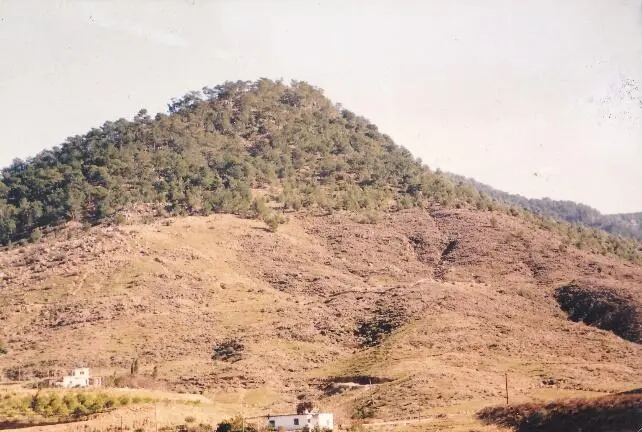
The picture 1 is in a mountainous region full of botany. Its moisture precipitation is far more than 250 mm per year. Lot of trees have been cut to the effect that the lower stretch resembles a desert. Emptied of Botany. It has been forced by human activities. It is a typical example of latent desertification. And presently, the lower stretch is a latent desert.
Latent desertification is found in all cities. Not a single village, even with least human activities, is free of LD. Because human activities reduce the amount of botany-mass. All cities could be called as latent deserts. Because, though the annual precipitation of water in all forms, leaving desert cities aside, exceed by far 250 mm, the amount of main factor the botany, is similar to the deserts.
Latent desertification is distinctly different from desertification. Desertification is a process, in which the moisture precipitation from the atmosphere is regressive in the region. Such that the total precipitation begins to go lesser than 250 mm. per year. Which implies that botany, too, reduces itself on its own. It can be forced by human activities and/or herbivores, also by remote factors which are difficult to assess. The major factor is Latent desertification within and beyond the borders.
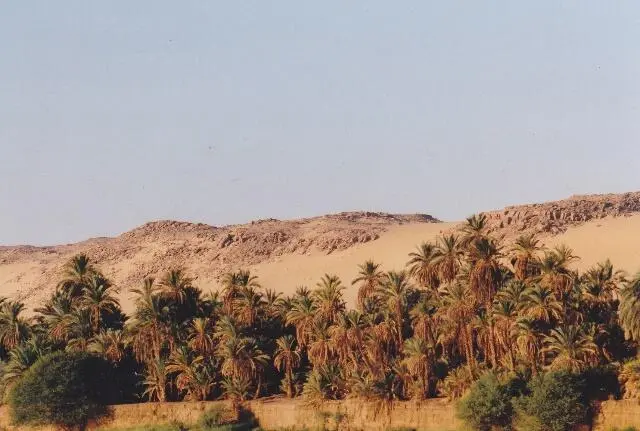
Picture 2 is in the Desert at Nile valley. Direct on the banks of Nile palm trees have managed to survive. But higher up one could see the barrenness despite the presence of Nile, which is full of water throughout the year. The moisture precipitation of the region has come down below 250 mm per annum. It is a desert stretch now. Ages ago, it had been a fertile land. It had supplied the needs for high civilisation. Gradually LD gripped the region. It had self-catalysed and had driven the region dry. In this valley LD had been the precursor of the total desertification of the region.
Desertis a stretch of land which has a yearly precipitation of water, in all forms added together, less than 250 mm. In addition there are much less botany or no flora in the stretch. Which comes to far less than 5% of area compared to a fertile stretch. As such even stretches like Antarctica, with ice-layers and ice-bergs hundreds of metres thick, are deserts. So are many high mountains also deserts. Even Mount Everest. The precipitation of moisture per year decides whether a region is a desert or not.
A latent deserton the contrary is a stretch of land which has more than 250 mm moisture precipitation per year. But the amount of botany present in the respective area is less than 5%. It is not a result of natural process; it is forced by human activities or spread of herbivores. The area can be small like a yard and big like a city but must hold the ability to be resilient of its own the moment conditions change.
Читать дальше








![Илья Головань - Десять тысяч стилей. Книга вторая [litnet]](/books/394747/ilya-golovan-desyat-tysyach-stilej-kniga-vtoraya-l-thumb.webp)
![Елена Кароль - Практическая демонология [LitNet]](/books/409569/elena-karol-prakticheskaya-demonologiya-litnet-thumb.webp)

